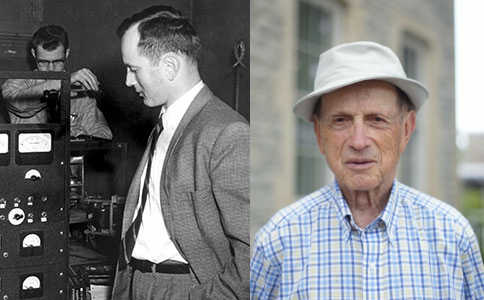Not exactly a catchy title. Nevertheless it is an important one.
Three years into my edventures into test-enhanced learning, with the book first final draft back with the editor, Rawson and Dunlosky (2022) publish ‘Successive Relearning: An Underexplored but Potent Technique for Obtaining and Maintaining Knowledge.’ Given that my use of test-enhanced learning is largely successive relearning – I was keen to read it.
What is Successive Relearning?
Successive relearning involves practicing a task until it is performed correctly and then practicing it again until it is performed correctly during other spaced practice sessions.
It is a form of learning, relearning and dare I say it overlearning. If there is such a thing. It is potent, offers durable learning and affective benefits to a classroom (that last point is anecdotal.) Should any grant awarding board read this – I would welcome the opportunity to prove it.
As Rawson and Dunlosky (2022: 362) highlight, ‘few students use this approach to obtain and maintain knowledge in formal educational settings.’ Except we use, Year 7 and Year 8 English, everyday and the pupils have access to personalised successive relearning via RememberMore too.
So of course I was excited to read that Rawson and Dunlosky (2022) were reviewing the evidence that demonstrates its potency, saddened by its status in education with retrieval practice seems to garner more than it’s far share of the attention. How to shift research agendas away from single-session, fixed time studies to multiple practice sessions where time is treated as an outcome variable of interest.
Why is this important? In doing so Rawson and Dunlosky (2022) aim to ‘align the outcomes of cognitive-education research with real-world learning objectives.’ In other words, successive relearning maps to real-world learning.
Signposting the work of Harry Bahrick and his paper ‘Maintenance of knowledge: Questions about memory we forgot to ask’ Rawson and Dunlosky (2022) introduce the first and possibly more important concept:‘obtaining and maintaining knowledge.’
‘…much of what is learned during a first exposure is forgotten during the interval between exposures and must be relearned later to become a part of semipermanent knowledge”
Bahrick (1979; 297)
It stands to reason then, the relearning is an important component of learning. It is certainly more efficient.
For whatever reason, successive relearning had not gained the traction one would have expected, given its potency and efficacy, and this is where Rawson and Dunlosky (2022) pick up the mantle.
An adapted image from Rawson et al. (2018) conveys a very strong message in support of successive relearning.

Retention a week after initial learning, even though participants correctly recalled all items during the initial practice session, forgot much of what they had learned in the span of a week. If you teach humanities, you will know what I mean.
More important, the impact of successive relearning is reflected in a ‘substantially boosted retention.’ No relearning, 20%, 1 session 50%, 2 sessions 70% and 3 nearly 80%.
The paper then shares a very important point for teaching. Participants recall is significantly improved correctly one time in each of three spaced sessions than when they had correctly recalled each item three times during a single session (68% vs. 26%, respectively; Rawson et al., 2018). It is less about initial learning and more about the spaces in learning.
What is notable about Dr Rawson’s wider research is her commitment to improving classroom practice. Her work, their work has a purpose. Watch her ‘If at first you succeed, try, try again.’ presentation is you need convincing and even if it you do not.
Does successive relearning produce better exam performance in the classroom? Yes, 10% or about a grade. However applied research remains somewhat scarce – Rawson and Dunlosky (2022) reporting just 13 papers, only one, Dunlosky et al. (in press) with school age participants.
A teacher’s outlook
Let me answer the elephant in the room. How do we make time for successive relearning?
Rawson and Dunlosky (2022) make reference to this question also.
What are the costs in time for using SR? And when is that time well spent? These questions pertain to how efficiently SR improves learning, and we suspect that students consider such cost-benefit analysis when making decisions about which strategies to use when studying.
Rawson and Dunlosly (2022: 366)
Interestingly, whilst they start with the pupils, I would start with the teachers. I do not know of any teacher who does not want their pupils to grow and succeed.
Investing in core knowledge, improved storage strength and retrieval strength, brings with it fluency and automation plus the affective and metacognitive benefits test-enhanced learning has to offer. Successive relearning impresses upon classes that – everyone can learn. That knowledge, that knowing stuff, is healthy.
Once pupils have experienced success first hand, successive relearning is soon welcomed, almost demanded by the pupils I teach, this year and the past three.
As for the future directions
Rawson and Dunlosky’s discussion of learning economics is an interesting one. Add to that Dr Eglington’s research on optimal difficulty suggesting optimal difficulty or desirable difficulty is ‘less than typically thought’ with success rates of 80% leading to ‘40% more items recalled.’ How this interacts with motivation is therefore of interest. Not discussed was the potential contribution of adaptive quizzing or personalisation.



